History
The Mari family belongs to the Sher sept of Gill Dynasty. By this tribe several villages were founded in the Lahore and Amritsar districts, and among others, Malanwala, Dewa, Dewa Masur and Mari. At the first-named of these the family of Shamsher Singh resided till the Durani invasion, when, the village having been destroyed by the Afghans, Mala Singh fled to Dewa Masur, which he made his headquarters, and from whence bhe conducted marauding expeditions till he fell in a skirmish with the imperial troops, leaving two sons, Kaur Singh and Tara Singh, the former of whom became a powerful Chief. He joined the Bhangi Sardars Kushal Singh and Budh Singh Faizulapuria, and took possession of territory in the Jalandhar Doab and to the south of the Satlaj. Leaving his sons, Jodh Singh, Diwan Singh and Sukha Singh, to hold these estates, Kaur Singh returned to his ancestral village of Mari, half way between Amritsar and Firozpur, where he built a mud fort, traces of which still exist; and his name is perpetuated in the village, which is known as Mari Kaur Singhwala.
When Ranjit Singh seized the country south of Lahore, the fort of Mari, then held by Mohar Singh, the youngest son of Kaur Singh, was besieged by bim. Resistance was useless; and Mohar Singh gave up the fort and territory, obtaining favourable terms and large estates at Piru Chak, Bujhara, Samra and Manapur. Sardar Kaur Singh died shortly after this, and the Cis-Sutlej estates were seized by the Maharaja of Patiala, Bhag Singh Ahluwalia and Jodh Singh Kalsia. The descendants of Jodh Singh, Sukha Singh and Diwan Singh are still resident in the Ambala district, where they hold a few villages.
Mobar Singh with his brother Dal Singh held the jagir for some years exempt from service; but it was, later, made subject to one hundred horsemen. Mohar Singh served in the Kashmir Campaign, in which he was wounded. He dis- tinguished himself at the battle of Teri in 1823, after which he was placed in command of five hundred cavalry. He was engaged under General Ventura in 1831 in annexing the possessions of the Bahawalpur Chief north of the Sutlej, and the next year he died; while half the estates in Sialkot, Dinanagar and Kasur were continued to his son Isar Singh. There is little to record of this Chief, who served with his contingent at Kulu, Suket, Hazara and Peshawar, at which latter place he died in 1843, of fever. Shamsher Singh held the jagirs throughout the administration of Hira Singh, Jawabir Singh and Lal Singh. He accompanied Raja Sher Singh Atariwala to Multan in 1848, and rebelled with him. Although a very young man, he possessed ability and infuence, and his whole jagirs, worth Rs. 27,000, were confiscated, and in 1850 a pension of Rs. 720 was allowed him for life. To his younger brother Janmeja Singh, who had married Tej Kaur, daughter of Raja Chatar Singh Atariwala, the young lady to whom Maharaja Dalip Singh bad been betrothed, a life pension of Rs. 360 was granted. In 1860 a rent-free holding was granted to Shamsher Singh worth Rs. 200. He also had proprietary rights in Mari Kaur Singhwala and Kazi Chak. He has recently died, leaving two sons, neither of them of much standing. Gujar Singh, Bhup Singh and Kesra Singh, sons of Sardar Dal Singh, were cavalry officers under General Avitabile.
Genealogy
- Sardar Shamsher Singh, jagirdar of Mallanwala, married and had issue.
- Sardar Malla Singh, jagirdar of Dewa Mansur, married and had issue.
- Sardar Kuar Singh ( see below)
- Sardar Tara Singh
- Sardar Kuar Singh, jagirdar of Mari, married and had issue.
- Sardar Jodh Singh
- Sardar Diwan Singh
- Sardar Dal Singh
- Sardar Mohar Singh( see below)
- Sardar Sukha Singh, married and had issue
- Sardar Gujjar Singh
- Sardar Bhup Singh
- Sardar Kesra Singh, married and had issue.
- Sardar Bihar Singh
- Sardar Mohar Singh, jagirdar of Mari, married and had issue.
- Sardar Ishar Singh ( see below)
- Sardar Jagat Singh, married and had issue.
- Sardar Partap Singh
- Sardar Ishar Singh, jagirdar of Mari, married and had issue.
- Sardar Shamsher Singh ( see below)
- Sardar Surat Singh, Jagirdar of Mari, was born in 1885, was Lambardar of Mari Kaur Singhwala.
- Sardar Janmeja Singh, was married to Sardarni Taj Kaur, daughter of Sidhu Jat Jagirdar Raja Chattar Singh of Attariwala, had issues with three sons :-
- Jhanda Singh, was Lamberdar of Mari Kazi Chak Kazi, was married had issues with two sons :-
- Ranjit Singh (b.1888)
- Gurdayal Singh (b.1901)
- Chandan Singh
- Balwant Singh (b.1890)
- Jhanda Singh, was Lamberdar of Mari Kazi Chak Kazi, was married had issues with two sons :-
- Sardar Shamsher Singh, jagirdar of Mari, married and had issue.
- Sardar Sham Singh ( see below)
- Sardar Narain Singh, was married had issues with two sons :-
- Sardar Surat Singh, Jagirdar of Mari , was born in 1885, was Lambardar of Mari Kaur Singhwala.
- Harnand Singh (b.1888), was a Dafadar in the 89th Central India Horse.
- Sardar Sham Singh, jagirdar of Mari, married and had issue.
- The Punjab chiefs vol 1,L.H Griffin

